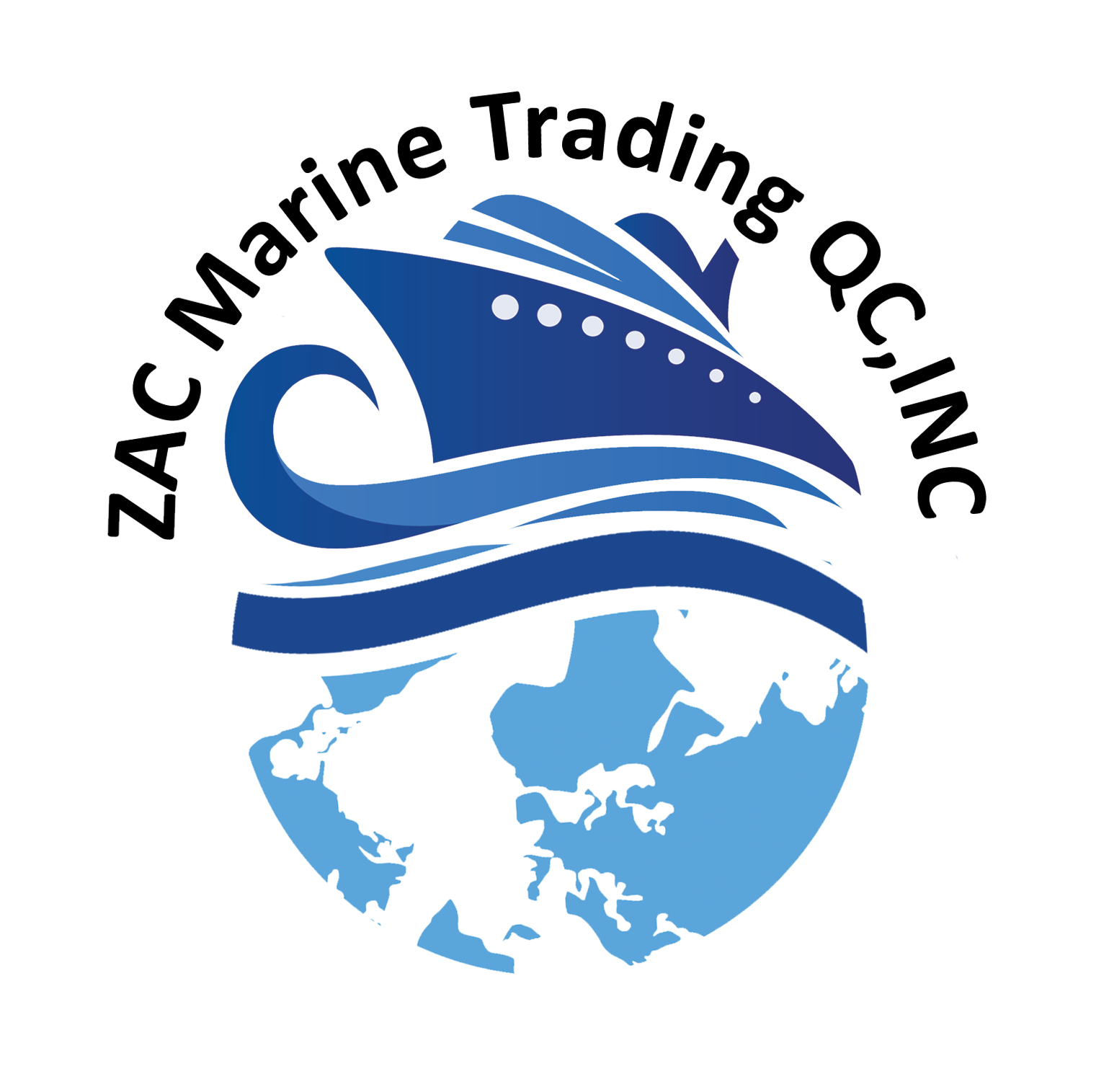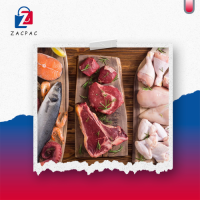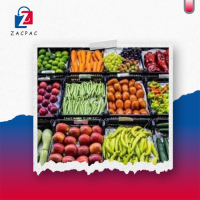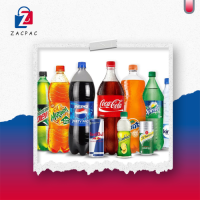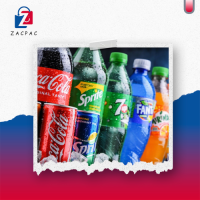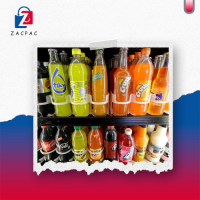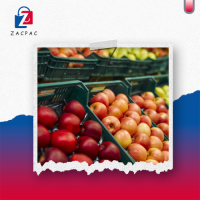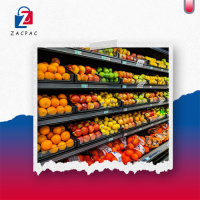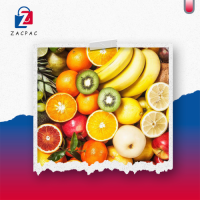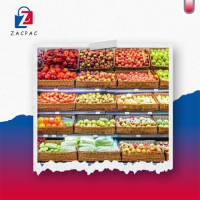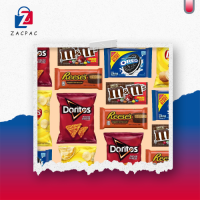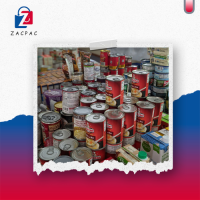Food supply
Food plays a crucial role in marine life, sustaining various species and supporting complex ecosystems. We really care in providing fresh food and best quality with the best prices
The foundation of marine food webs is primary production, primarily driven by phytoplankton, which are microscopic algae that photosynthesize to produce organic matter. These form the base of the marine food chain, providing energy to other organisms.
Marine organisms are interconnected through food chains, where energy and nutrients flow from one organism to another. Primary consumers, such as zooplankton, feed on phytoplankton, and are in turn consumed by secondary consumers like small fish. This process continues up the food chain to tertiary consumers like large predators, including sharks and marine mammals.
Marine ecosystems support a vast array of organisms with diverse feeding habits. Some species are herbivores, feeding on algae or seagrasses, while others are carnivores, preying on smaller animals. Filter feeders, such as bivalves and whales, strain food particles from the water column.
Marine organisms have evolved various feeding strategies adapted to their habitats and prey availability. Some species are active hunters, using speed and agility to catch prey, while others are ambush predators or scavengers that feed on carrion.
Climate change can significantly impact marine food webs by altering ocean temperatures, currents, and nutrient availability. These changes can affect the distribution and abundance of key species, leading to disruptions in food availability and ecosystem dynamics.
